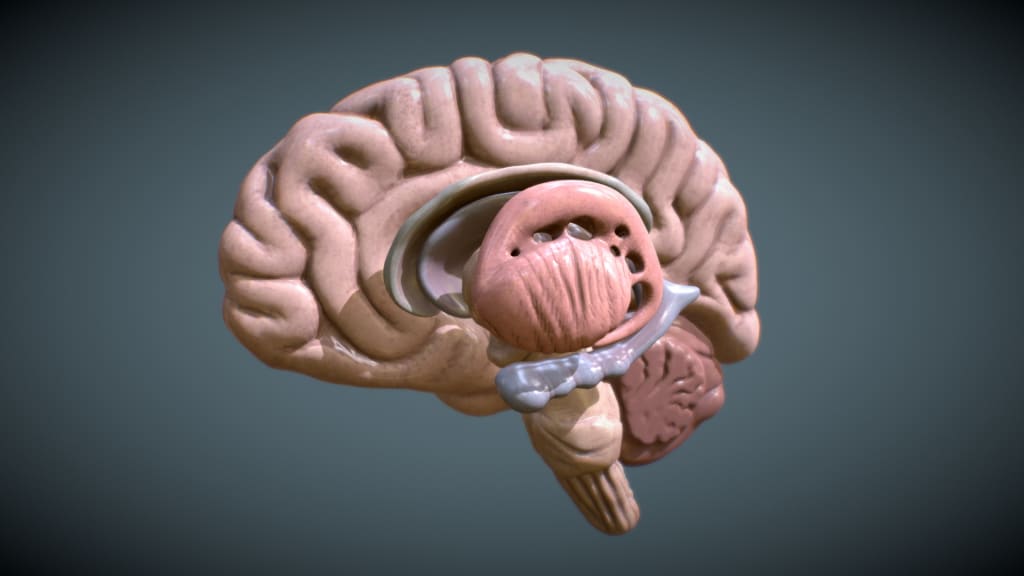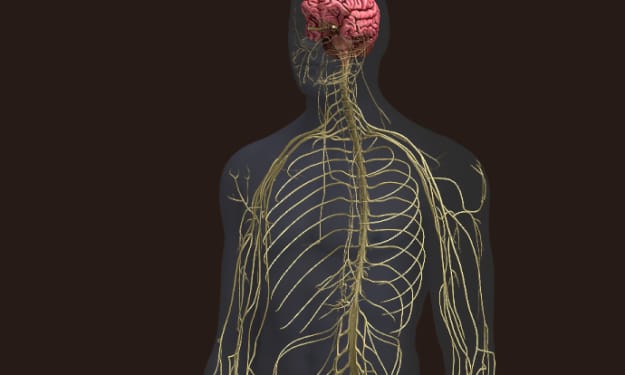Oh no, Brain !!!
The Complexities of Brain Function: Insights from Language Impairment and Recovery

Title: The Complexities of Brain Function: Insights from Language Impairment and Recovery
Introduction:
The human brain is a remarkable organ that governs our thoughts, emotions, and behaviors. Its intricate structure and specialized regions allow us to process information, communicate, and interact with the world around us. Studying the brain and its functioning is crucial in understanding various neurological conditions, such as language impairments. In this article, we explore the fascinating case of James, who experienced a stroke and developed Broca's aphasia, and how his recovery sheds light on the remarkable adaptability of the brain.
1. James and Broca's Aphasia:
James, a healthy professional and a father of two, had his life drastically changed when he suffered a stroke at the age of 45. The stroke damaged Broca's area, a specific region in the left hemisphere of the brain responsible for language production and processing. As a result, James lost his ability to speak coherently, despite still having some understanding of speech. He could only respond by repeating the word "too," although he could intonate as though he were speaking complete sentences.
2. Unveiling the Role of Singing in Recovery:
Through extensive therapy and practice, James made an unexpected breakthrough in his communication abilities. He regained some ability to communicate through singing. This phenomenon can be attributed to the fact that singing activates a different region of the brain, located on the right side, which is analogous to Broca's area on the left. By training his brain to utilize the right hemisphere for speech production, James gradually relearned how to speak, demonstrating the brain's remarkable capacity for adaptation and functional reorganization.
3. The Brain's Response to Injury:
James's case highlights the pivotal role that studying brain injuries plays in enhancing our understanding of how the brain functions. Whether it is a stroke affecting speech, a tumor impacting memory, a concussion altering aggression, or even the historic case of Phineas Gage and the iron rod that pierced his skull, significant insights into brain function have been gleaned through the examination of injuries. These studies have revealed that the brain, though appearing as a lump of gray oatmeal, consists of highly specialized areas, each responsible for specific functions.
4. Localization of Function:
The brain's intricate network can be understood through the concept of localization of function. Just as in politics, where everything is local, the brain comprises super-specific areas with distinct roles. The nervous system, encompassing the central nervous system (CNS) and the peripheral nervous system (PNS), works harmoniously to collect sensory information, process it, and coordinate conscious and unconscious activities.
4.1 The Central Nervous System:
The central nervous system comprises the brain and the spinal cord, with the brain serving as the integration center for sensory information and the coordinator of complex functions such as thinking, feeling, and remembering. The spinal cord, on the other hand, acts as a conduit, facilitating two-way signals between the brain and the rest of the body, as well as controlling basic reflexes and patterns.
4.2 The Brain's Protection:
The brain, made of delicate nervous tissue, is well-protected by the surrounding bones of the skull and vertebrae, as well as layers of membranes called meninges. Additionally, the brain is bathed in cerebrospinal fluid, which acts as a cushion, reducing its weight and allowing it to move slightly within the skull.
5. Development of the Brain:
To understand the brain's organization, we delve into its developmental stages. The central nervous system begins as a neural tube in the developing embryo, which differentiates into the spinal cord and expands into three primary brain vesicles: the forebrain (prosencephalon), midbrain (mesencephalon),
and hindbrain (rhombencephalon). Each vesicle further develops into distinct brain regions and structures.
6. Broca's Area and Language Production:
Broca's area, named after French physician Paul Broca, is located in the left frontal lobe, specifically in the posterior part of the frontal gyrus. It plays a critical role in the production of language, including speech articulation, fluency, and grammatical processing. Damage to this region, as in James's case, results in Broca's aphasia, where the individual experiences difficulty in speaking and forming coherent sentences, despite understanding language.
7. The Plasticity of the Brain:
James's remarkable recovery highlights the brain's plasticity, or its ability to adapt and reorganize itself following injury. The brain can reassign functions to undamaged areas, allowing for the recovery of lost abilities. Neuroplasticity can be observed through functional reorganization, where neighboring regions take over the functions of damaged areas, or through the establishment of new neural connections.
8. Singing as a Rehabilitation Tool:
The therapeutic potential of singing in language recovery has gained attention in recent years. Singing engages multiple brain regions involved in language processing, including the right hemisphere, which is thought to compensate for the damaged left hemisphere in individuals with Broca's aphasia. By engaging these alternate pathways, singing can bypass the damaged region and facilitate language production.
9. Other Approaches in Language Recovery:
While singing proved to be beneficial for James, it is essential to acknowledge that different individuals may respond differently to rehabilitation approaches. Speech therapy, cognitive-linguistic exercises, melodic intonation therapy, and technological advancements such as brain-computer interfaces and neurofeedback have all shown promise in aiding language recovery. Tailoring the rehabilitation approach to each individual's specific needs and capabilities is crucial for maximizing their potential for recovery.
Conclusion:
The case of James and his recovery from Broca's aphasia provides valuable insights into the complexities of brain function and the remarkable plasticity of the human brain. Studying language impairments and their rehabilitation opens doors to a deeper understanding of how the brain organizes and processes information. By unraveling the mysteries of brain function, we can continue to develop effective therapies and interventions that help individuals like James regain their ability to communicate and lead fulfilling lives.





Comments
There are no comments for this story
Be the first to respond and start the conversation.